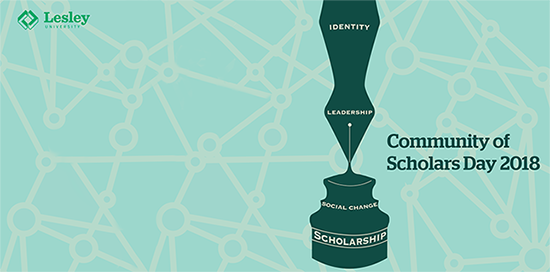Abstract
This doctoral dissertation attends to concepts, curriculum, and pedagogy related to bodily-kinesthetic factors that unite the Dance/Movement Therapy (DMT) field and differentiate it from other clinical approaches. The research evolved from 35 years of participant-observation as the DMT field developed and witnessing the negative consequences of applying narrow definition and compartmentalization of bodily-kinesthetic factors—such as kinesthetic empathy, body image, performance, and related intersectional factors (e.g., able-ism, size-ism). The mixed methods design incorporated the following triangulated perspectives in DMT training to discern in what ways programs identify and address bodily-kinesthetic factors: 1) information from program websites; 2) DMT director/coordinators’ perceptions of how their programs address bodily-kinesthetic factors, with focus on curriculum and instruction; and 3) ADTA’s credentialing and standards for graduate programs. Six out of seven national field-accredited graduate programs participated. Results showed that although all six programs prioritize experiential learning that includes discerning use of performance, they differ in use of terminology (e.g., body image) and pedagogical conceptualization (e.g., relating body image with kinesthetic empathy). Implications suggest the DMT field would benefit from: committing to common vocabulary and more exchange about body-oriented pedagogy towards enhanced understanding of the constructs and intricacies of bodily-kinesthetic factors, including body image and kinesthetic empathy; sharing different, novel ways to use performance; and, encouraging increased self-perception when engaging in kinesthetic practices with clients who are different from oneself.
Start Date
28-3-2018 5:40 PM
End Date
28-3-2018 6:30 PM
Presentation Type
Paper
Full Text of Presentation
wf_yes
Addressing Bodily/kinesthetic Practices in Dance/Movement Therapy Programs
U-Hall 3-100
This doctoral dissertation attends to concepts, curriculum, and pedagogy related to bodily-kinesthetic factors that unite the Dance/Movement Therapy (DMT) field and differentiate it from other clinical approaches. The research evolved from 35 years of participant-observation as the DMT field developed and witnessing the negative consequences of applying narrow definition and compartmentalization of bodily-kinesthetic factors—such as kinesthetic empathy, body image, performance, and related intersectional factors (e.g., able-ism, size-ism). The mixed methods design incorporated the following triangulated perspectives in DMT training to discern in what ways programs identify and address bodily-kinesthetic factors: 1) information from program websites; 2) DMT director/coordinators’ perceptions of how their programs address bodily-kinesthetic factors, with focus on curriculum and instruction; and 3) ADTA’s credentialing and standards for graduate programs. Six out of seven national field-accredited graduate programs participated. Results showed that although all six programs prioritize experiential learning that includes discerning use of performance, they differ in use of terminology (e.g., body image) and pedagogical conceptualization (e.g., relating body image with kinesthetic empathy). Implications suggest the DMT field would benefit from: committing to common vocabulary and more exchange about body-oriented pedagogy towards enhanced understanding of the constructs and intricacies of bodily-kinesthetic factors, including body image and kinesthetic empathy; sharing different, novel ways to use performance; and, encouraging increased self-perception when engaging in kinesthetic practices with clients who are different from oneself.



